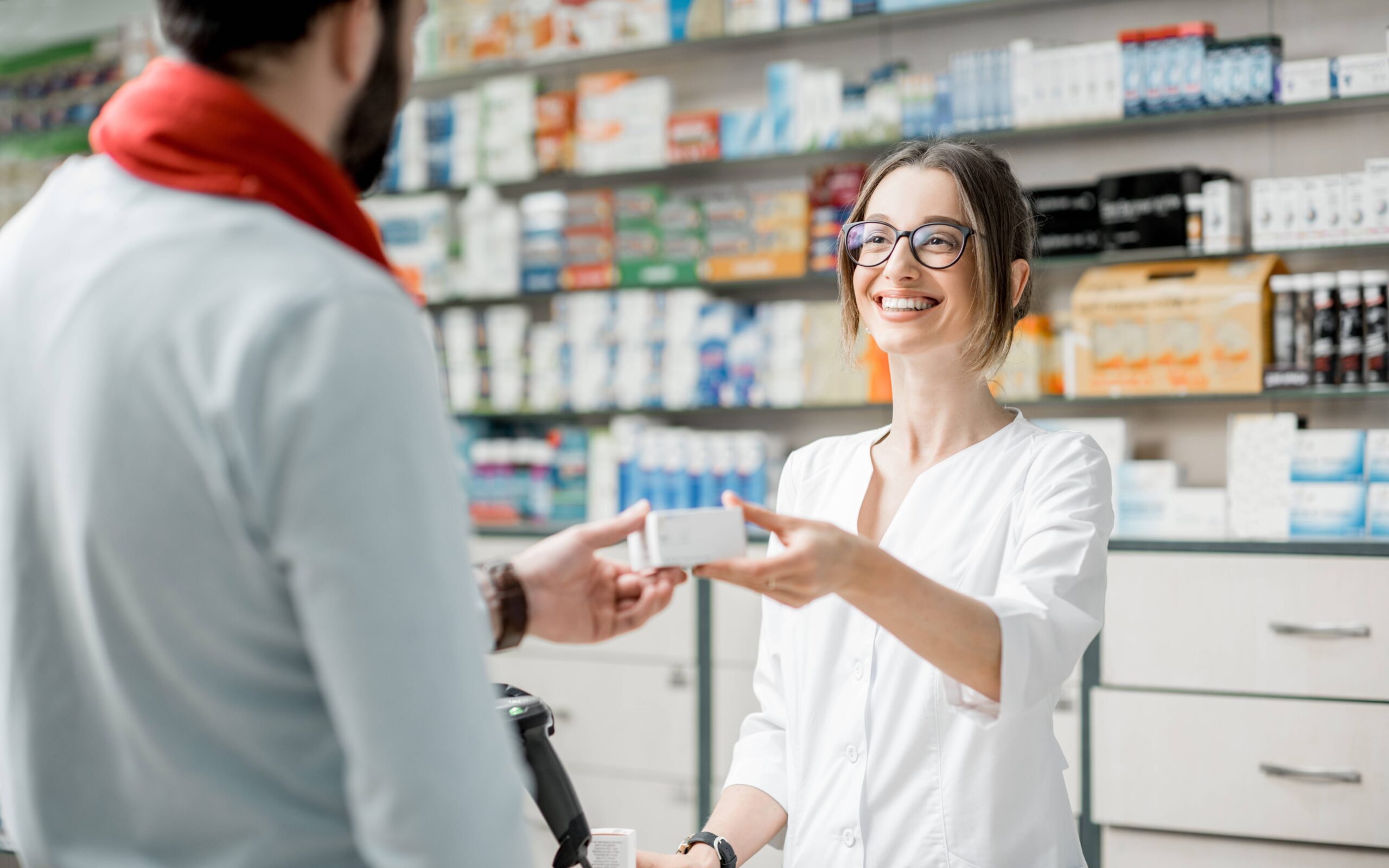How to Save on Prescription Medications Without Insurance
Updated: Oct 13, 2025
Prescription medications can be expensive, especially if you don’t have health insurance. But skipping essential medicine because of cost isn’t the only option. There are several ways to lower what you pay—even without coverage—and most of them are simple, legal, and widely available.

Understand the Real Cost of Your Medication
When you don’t have insurance, you’re often paying the full retail price of a drug, which can be significantly higher than what pharmacies actually pay. But that doesn’t mean you’re stuck paying the highest price. Many pharmacies have markups, and prices for the same medication can vary drastically depending on where you shop and what tools you use.
Before filling a prescription, always ask the pharmacy for the cash price. You may be surprised to learn that it’s not only negotiable but sometimes lower than what you’d pay using traditional insurance co-pays. It’s also important to understand that the same prescription might cost $10 at one location and $100 or more somewhere else. That’s why shopping around really matters.
Use Prescription Discount Cards
One of the easiest ways to save money on prescriptions is to use a free prescription discount card or coupon. These are not insurance, but they give you access to pre-negotiated pricing on many common medications.
Websites like GoodRx, SingleCare, and WellRx allow you to enter your prescription and zip code to find the lowest price at local pharmacies. Once you find the best price, you either print out a coupon or show it on your phone at the counter.
The savings can be significant. For example, a common antibiotic might cost $80 at full retail price, but just $12 using a coupon. These tools are especially helpful for people taking generic medications for chronic conditions like high blood pressure, high cholesterol, or anxiety.
These discount services also offer apps that help you store your coupons, track refills, and receive alerts when prices drop at nearby locations.
Compare Prices Between Pharmacies
Not all pharmacies charge the same price for the same medication. Major chains like CVS and Walgreens may have higher markups than retailers like Costco or Walmart. Sometimes independent pharmacies or grocery store pharmacies offer better deals—especially if they participate in a price-matching program or have their own savings club.
Use comparison tools like GoodRx or Blink Health to view real-time prices at different locations. You can also call pharmacies directly and ask about their cash pricing for a specific medication. Be sure to ask about any store loyalty programs or discount cards that may be available at the counter.
And don’t forget about warehouse clubs. Costco and Sam’s Club pharmacies are often open to non-members by law in many states, meaning you can take advantage of their low prices without paying a membership fee.
Talk to Your Doctor About Cheaper Alternatives
Doctors want you to take the medications they prescribe, but they may not know the exact cost at the pharmacy. If your prescription is unaffordable, speak up. Ask your doctor if there’s a generic version, a similar but lower-cost drug, or even a different dosage that might be cheaper but still effective.
Generic drugs work the same as brand-name versions but can cost up to 80% less. In some cases, your doctor can write a prescription for a generic substitute even if the brand name is more commonly used.
If your medication is for a short-term illness, ask if an over-the-counter alternative might work instead. For long-term prescriptions, consider asking your doctor to write a 90-day supply so you can reduce per-pill costs at the pharmacy.
Many doctors are also familiar with patient assistance programs or discount tools and may be able to help you find additional support.
Explore Patient Assistance Programs
For brand-name medications, especially those without a generic alternative, many drug manufacturers offer patient assistance programs (PAPs). These programs provide medications at little to no cost for people who meet income and insurance status guidelines.
You can search for programs using NeedyMeds or RxAssist. Most programs require an application that includes your income information and a form from your doctor. Once approved, you can often receive free medication delivered directly to your home or your doctor’s office.
Some manufacturers also offer copay cards or savings cards that reduce the cost of the medication at the pharmacy—even if you don’t qualify for a full assistance program. You can usually find these on the drug’s official website.
Buy a 90-Day Supply When Possible
If you’re taking a medication on a regular basis, ask your doctor to prescribe a 90-day supply instead of a 30-day one. Pharmacies often offer discounts for buying in bulk, and you’ll reduce the number of trips to the pharmacy as well.
Retailers like Walmart have their own list of generic medications available for $4 for a 30-day supply or $10 for 90 days. Target, Kroger, and Publix have similar programs. These savings are available even if you don’t have insurance, and you can ask for the list at the pharmacy counter.
If you’re using a prescription discount card, be sure to compare prices for 30-day versus 90-day quantities—the larger fill is usually cheaper per dose, but sometimes coupon values vary depending on how much you order.
Use Community Health Centers and Local Clinics
If you need to see a doctor to get a prescription, consider visiting a community health center or sliding-scale clinic. These clinics are funded to help people without insurance and offer services at reduced rates based on your income.
They often include on-site pharmacies or partnerships with local pharmacies that offer lower prices. You can find a community health center near you at findahealthcenter.hrsa.gov.
In addition to general health services, these clinics can also help with prescription assistance applications, referrals to nonprofit resources, and sometimes even samples of medications for short-term needs.
Be Careful with Online Pharmacies
Online pharmacies can offer convenience and low prices, but not all of them are legitimate. If you choose to order prescriptions online, make sure the website is verified and operates within the U.S. Look for certification from the National Association of Boards of Pharmacy or use their approved list of verified pharmacies.
Trusted online options like HealthWarehouse or Honeybee Health offer FDA-approved medications at reasonable prices and don’t require insurance. Avoid sites that don’t ask for a valid prescription or offer suspiciously low prices—these could be selling counterfeit or unsafe medications.
Ask About Free Samples or Short-Term Prescriptions
If you’re just starting a medication or need it temporarily, ask your doctor or pharmacist if samples are available. Many offices receive samples from drug companies, especially for brand-name medications, and are often willing to provide them for free if you ask.
In some cases, a short-term supply can buy you time to apply for a patient assistance program or search for a lower-cost option. Pharmacists may also be able to dispense a partial fill or suggest over-the-counter alternatives while you find a longer-term solution.
Final Thoughts
Paying full price for prescriptions without insurance isn’t your only choice. With tools like discount cards, manufacturer programs, and community health clinics, you can reduce your costs and still get the medication you need. Start by comparing prices, talk openly with your doctor, and take advantage of every resource available. Saving money on prescriptions is possible—you just need to know where to look.

